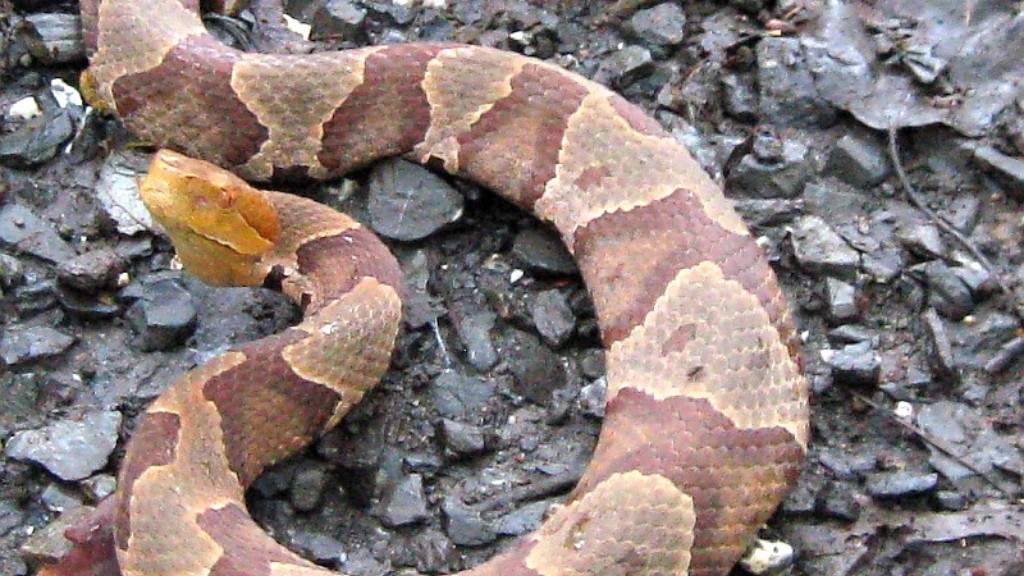Copperhead Snake Natural Predators
Introduction
The copperhead snake, known scientifically as Agkistrodon contortrix, is a venomous species found primarily in North America. These fascinating reptiles play a crucial role in maintaining the balance of their ecosystems. While copperheads are highly capable predators themselves, they are not without natural enemies. In this article, we will explore the various predators that pose a threat to these venomous snakes.
Predatory Birds
One of the main natural predators of copperhead snakes is the predatory bird population. Birds such as hawks, eagles, and owls have keen eyesight and are skilled hunters. They have been observed preying on copperheads by swooping down from the sky and capturing the snakes in their talons. Following this successful capture, the predatory bird will often take its prey to a high perch, where it can consume the snake without obstruction. This predation helps control the population of copperhead snakes in the wild.
Wild Mammals
Another group of natural predators that pose a threat to copperhead snakes consists of certain wild mammals. Animals such as foxes, raccoons, and bobcats are known to prey on these venomous reptiles. With their sharp teeth and strong jaws, these mammals are able to kill and consume copperheads. Their ability to hunt snakes provides a valuable service in maintaining the ecological balance and preventing an overabundance of copperheads in their habitats.
Anecdotal Evidence:
Several field studies have reported incidents of mammalian predators consuming copperhead snakes. For example, in a study conducted in a wooded area in the southeastern United States, camera traps captured images of foxes catching and devouring copperheads. This observation provides firsthand evidence of the predation behavior of wild mammals towards copperhead snakes.
Snake Predators
While copperheads are venomous and thus pose a threat to many creatures, they are not immune to predation themselves. Other snake species, such as kingsnakes and rat snakes, are known to feed on copperheads. These non-venomous snakes are immune to the copperhead’s venom and have developed techniques to overcome their adversaries. Some snake predators even exhibit a form of mimicry, resembling the appearance of copperheads to deter attacks from their own predators.
Scientific Research Evidence:
In a study published in the Journal of Herpetology, researchers conducted experiments to investigate the dynamic between kingsnakes and copperheads. The results showed that kingsnakes were not only capable of capturing and consuming copperheads, but they also exhibited adaptations in their behavior to avoid being bitten. This research provides concrete evidence supporting the predation of copperhead snakes by other snake species in the wild.
Environmental Factors
In addition to the direct predators mentioned above, various environmental factors also impact the survival of copperhead snakes. Habitat destruction, climate change, and human activities can indirectly affect the population of copperhead snakes by altering their natural ecosystems. Changes in temperature, rainfall patterns, and vegetation cover can disrupt the prey-predator relationships, making it more challenging for copperheads to thrive and reproduce.
Conclusion
In nature, copperhead snakes face a range of predators that contribute to the equilibrium of their ecosystems. Predatory birds, wild mammals, and other snake species form the natural checks and balances necessary for maintaining healthy copperhead populations. Understanding these natural predator-prey relationships is essential for conserving the biodiversity and ecological stability of the habitats in which copperheads reside.


